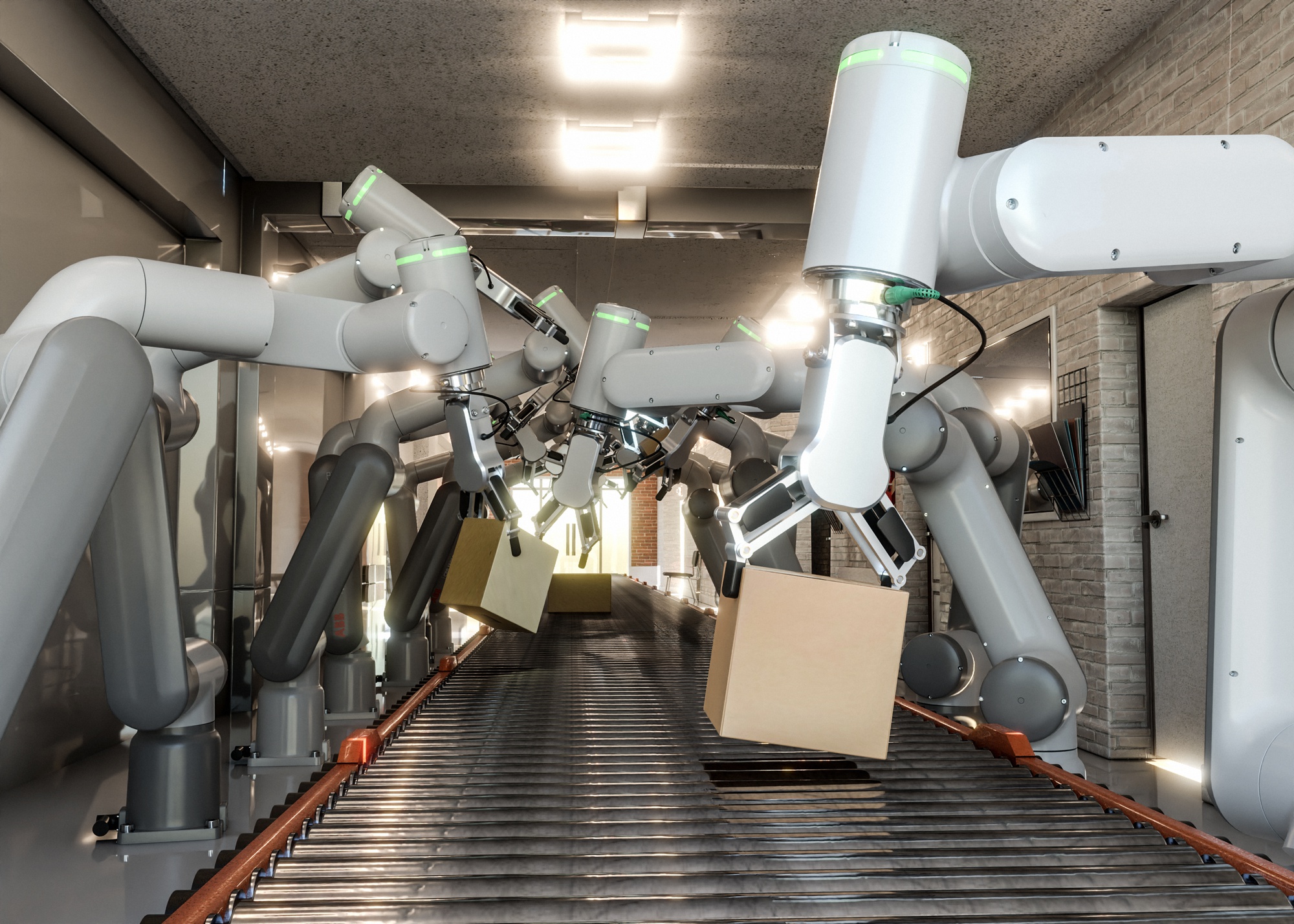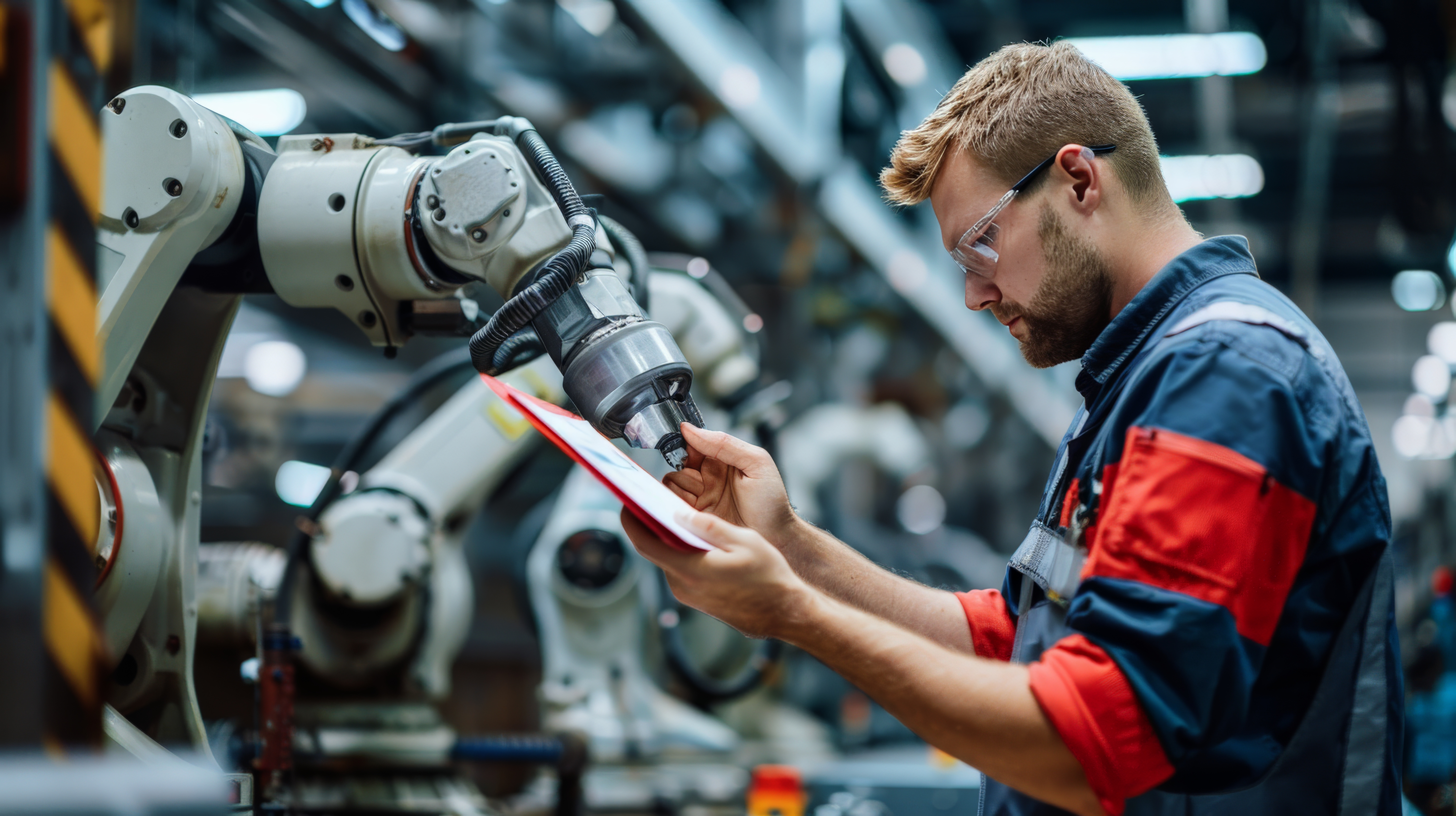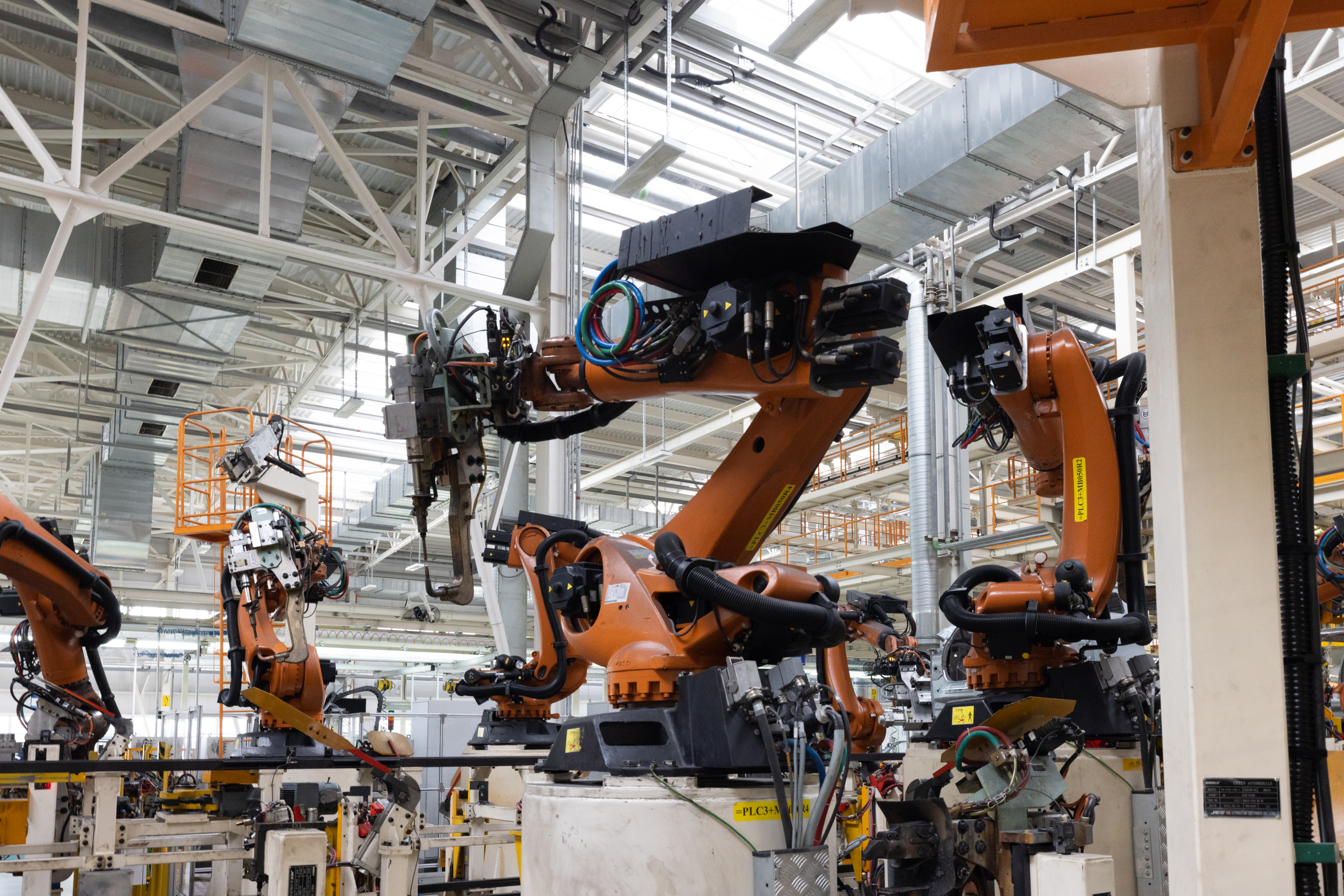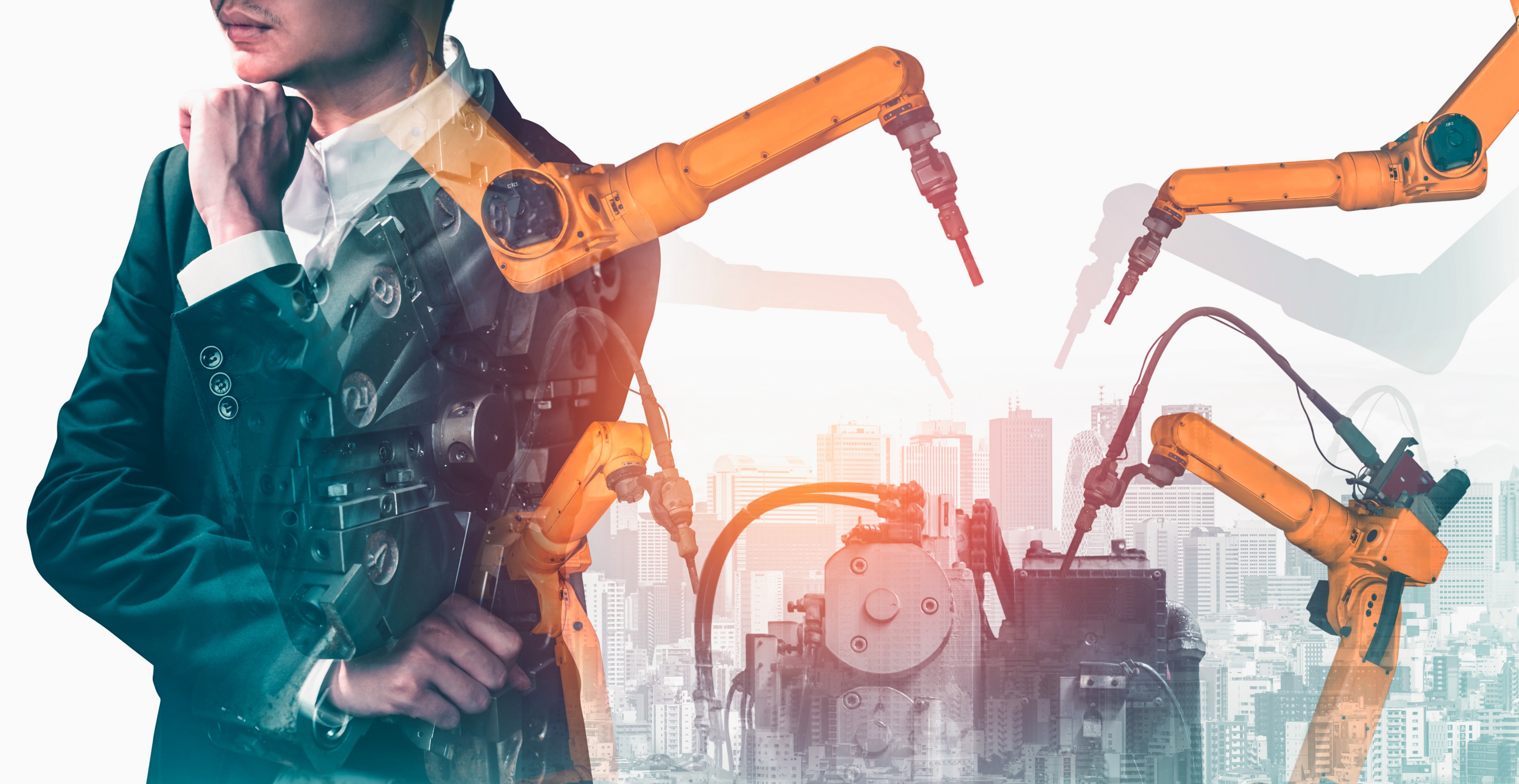Automation in Manufacturing: What It Means for Jobs and Growth in Europe
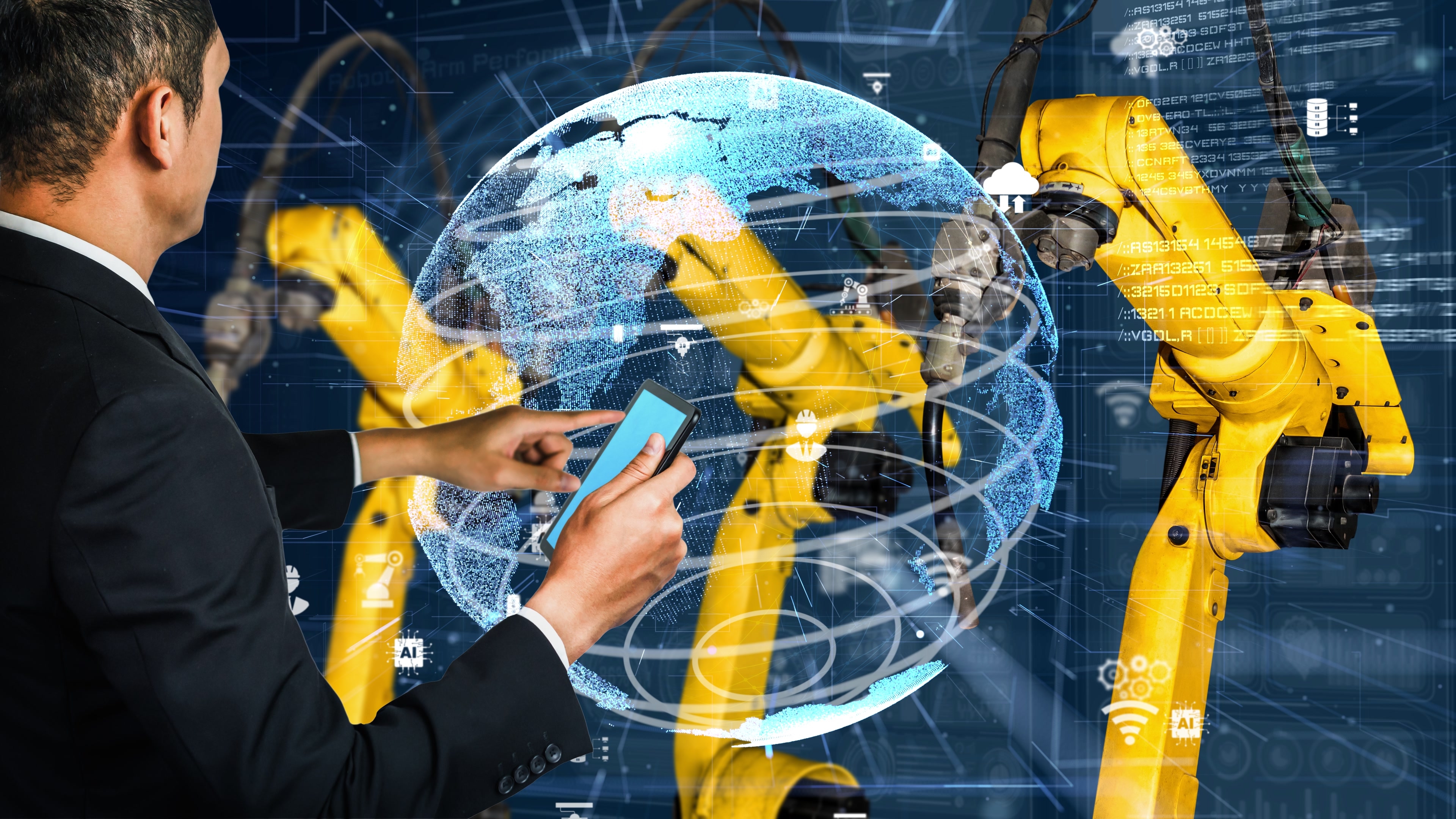
In recent years, discussions around automation in manufacturing have gained considerable traction, especially as industries across Europe seek to streamline operations and enhance productivity. Emerging technologies have contributed to the rapid integration of automated systems into the production environment, with important ramifications for employment and economic development. In this blog, we seek to answer the questions of what automation means for the manufacturing sector in Europe, how it affects job opportunities and how it propels the economy.
In its most basic form, automation is the use of technology for tasks previously performed by humans. This includes everything from robotics in assembly lines to sophisticated computer programs that control various operations and procedures in factories. In Europe, where industrial output is quite significant within the economy, the move towards automation is not just an option – it is a response to the already stiff competition in the global village.
The issue of changing roles in the events of mass automation is dire. There seems to be a persistent worry about losing employment as automation technology replaces human role in the workforce. But it is also equally important to realise that yes, while some roles might become redundant, at the same time new roles requiring different set of skills become available as a result of automation. For instance, as automation of simple tasks becomes more widespread, there is an expanding requirement for skilled designers, technicians and operators to advance this technology. Such progression in human job definition represents a new opportunity therefore, a loss enabling the job market to evolve.
In addition, the place of work is changing too. The ability to automate functions means higher value work which can potentially lead to the development of more creative, innovative approaches. Now that machines are able to perform monotonous tasks, humans can actually pursue new ideas and plans that would help them grow their business. This change promotes not only efficiency at work but transforms the workforce into a driven and advanced one.
Developing technologies and the rise of automation in Europe are expansions that great a demand for skilled workers and as such the workers are being prepared through education and training systems. There is a joint effort between governments and industries to ensure that the workforce is ready for the coming time. The measures that foster STEM education, vocational training, and procrastically for years education has gained more and more importance. This could imply that European automation systems will be having great chances at the market since the workers will be trained for the specific job and this would hence reduce employment risks.
With automation in manufacturing, there are many possibilities and one of them is the growth of the economy. Increased efficiency leads to lower operational costs as more output is produced. This in turn enables them to do well in international competition and improve their global standing, increase financial investments and increase the number of jobs in the economy. For example, companies that are automated tend to have cycles that are shorter when they produce as well as a greater output, thus attaining higher levels of customer loyalty. They will make their businesses bigger, hire more people and boost the state of the economy.
Moreover, automation can enhance the creativity and self-employment in the industry. As machines are performing the standard practices, firms are able to channel their focus into product development. This becomes a basis for coming up with new commodities, ideas and ways of doing things, advancing competition in the sector. New and small businesses, to be specific, can use automation technology to grow faster and more efficiently, contributing to greater economic activity.
However, the transformation towards an automated manufacturing landscape has its difficulties. The cost of embracing new technologies has to be dealt with by firms, but more importantly, a considerable change in the mind set of individuals in the firm is a prerequisite. Some employees may be resistant to these alterations due to obsession with their existing jobs and there is need to explain the positive perceptions of automation in organizations. Engaging them in the shift and training them so that they may have resources to ease the fears and build the culture of teamwork and innovativeness.
To sum it up reasonably, automation in manufacturing is, in turn, both a threat and an opportunity for the continent. There are understandable worries about displaced employees but in reality, there will be plenty of new jobs, better qualified positions, and higher economic values. With an investment of skilled workers through education, a change in corporate mentality, and the development of innovations, Europe would be able to place itself on top of the automated manufacturing era. It is necessary to point out the fact that all parties of the equation that are, the governments, the businesses and the employees, have to assist in ensuring positive technological security measures that everyone benefits from in their work towards automation. What has to be noted as well is that Europe has distant but promising prospects in manufacturing, and with the correct approaches it could vastly improve and develop the economy further.
